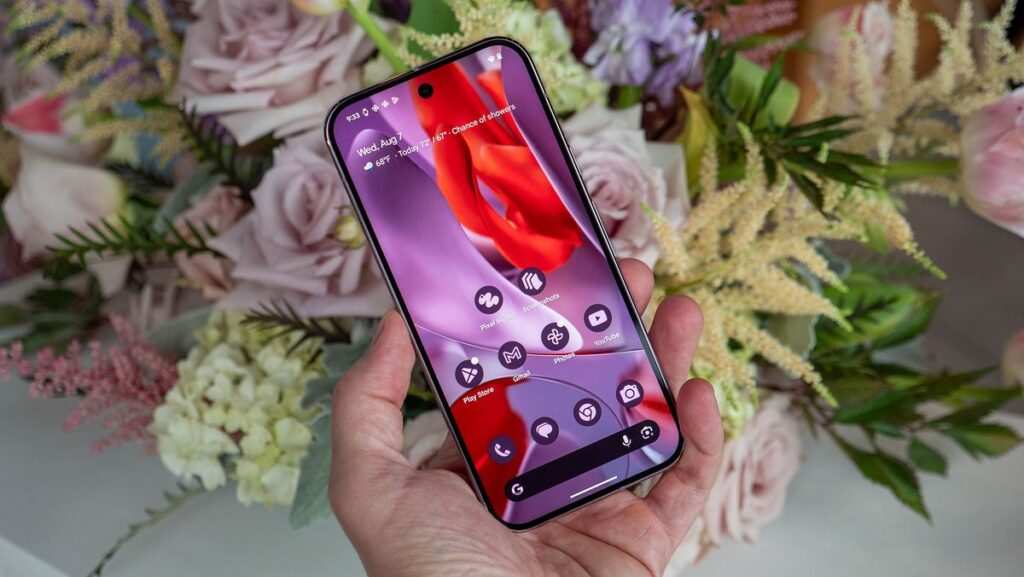Understanding Android 16 Live Updates
As Android 16 continues to develop, exciting new features are emerging. One of the most notable is "Live Updates," which promises enhanced notification capabilities for users. Here’s an overview of what this feature entails and how it could improve user experience.
Overview of Live Updates
- What it is: Live Updates are notifications designed to provide real-time updates for various activities, such as food orders, ride-sharing, and navigation.
- Initial Design: A demo video highlighting the feature shows its early design and functionalities.
- Developer Emphasis: Google is encouraging app developers to make use of Live Updates, particularly in sectors like food delivery and transportation.
Key Features of Live Updates
-
Real-Time Notifications:
- The Live Updates notification appears as a small chip that displays the current status of your order or activity.
- For instance, if you place a food order, the chip might say "ordered," which then changes to "accepted," "cooking," and finally "delivered" as the status updates.
-
Expanded Interaction:
- Tapping the chip displays a small pop-up notification that provides additional details about your order’s status.
- Users can also swipe down to access a more detailed notification panel, complete with a progress bar.
-
Availability:
- Users will see Live Updates on their lock screens, which allows for easy access to important information without unlocking the device.
- Notably, these notifications won’t be collapsed like regular notifications, ensuring that important updates are always visible.
- User Control:
- Google has mentioned introducing a toggle feature, allowing users to select which apps can use Live Updates, giving them control over their notifications.
How Does Live Updates Work?
To understand how Live Updates will enhance users’ interaction with their devices, let’s look at its operation.
- Small Notification Chip: Located at the top left of the display next to the clock, it provides simple one-word updates on ongoing activities.
- Transition of Status: The status of an order progresses through clearly defined stages, which gives users a straightforward understanding of where their order stands at a glance.
- Detailed Progress Bar: The larger progress bar in the notifications panel further emphasizes the ongoing updates, giving users an up-to-date overview.
Examples of Use Cases
Live Updates can provide real-time updates across various applications. Some practical examples include:
-
Food Delivery Services:
- Users can receive instant notifications about their order status, such as when the restaurant accepts the order and when it is close to arriving.
-
Ride-Sharing Apps:
- Users can track drivers’ locations and estimated arrival times, all in real-time.
- Navigation:
- Live Updates can inform drivers about traffic conditions or route changes.
Recent Developments and Beta Testing
Google has already initiated the beta testing phase for Android 16, and Live Updates are being highlighted as a significant new feature.
- Beta 1 Launch: Beta 1 was rolled out allowing early adopters to test the feature and provide feedback on its functionality.
- Encouraging Developers: Google has urged developers to integrate Live Updates into their applications, promoting tools that enhance user experience and streamline access to real-time information.
What’s Next in Android 16?
In recent updates, including Beta 2 released to Pixel testers, Google has continued to refine features and add additional functionalities.
- Enhanced Camera Features: Android 16 includes updates that enhance camera controls and allow for precise photography adjustments, such as fine-tuning exposure and ISO settings.
- Release Timeline: Android 16 is expected to be fully released in Q2 2025, with further enhancements and features likely being introduced in the upcoming betas.
Conclusion
The introduction of Live Updates in Android 16 stands to revolutionize the way users receive notifications on their devices. With real-time updates, user-friendly interfaces, and increased control over notifications, this feature is set to enhance the overall Android experience significantly. As the beta testing continues, it will be interesting to see how developers incorporate this feature into their apps and how it will further evolve as the official release date approaches.
